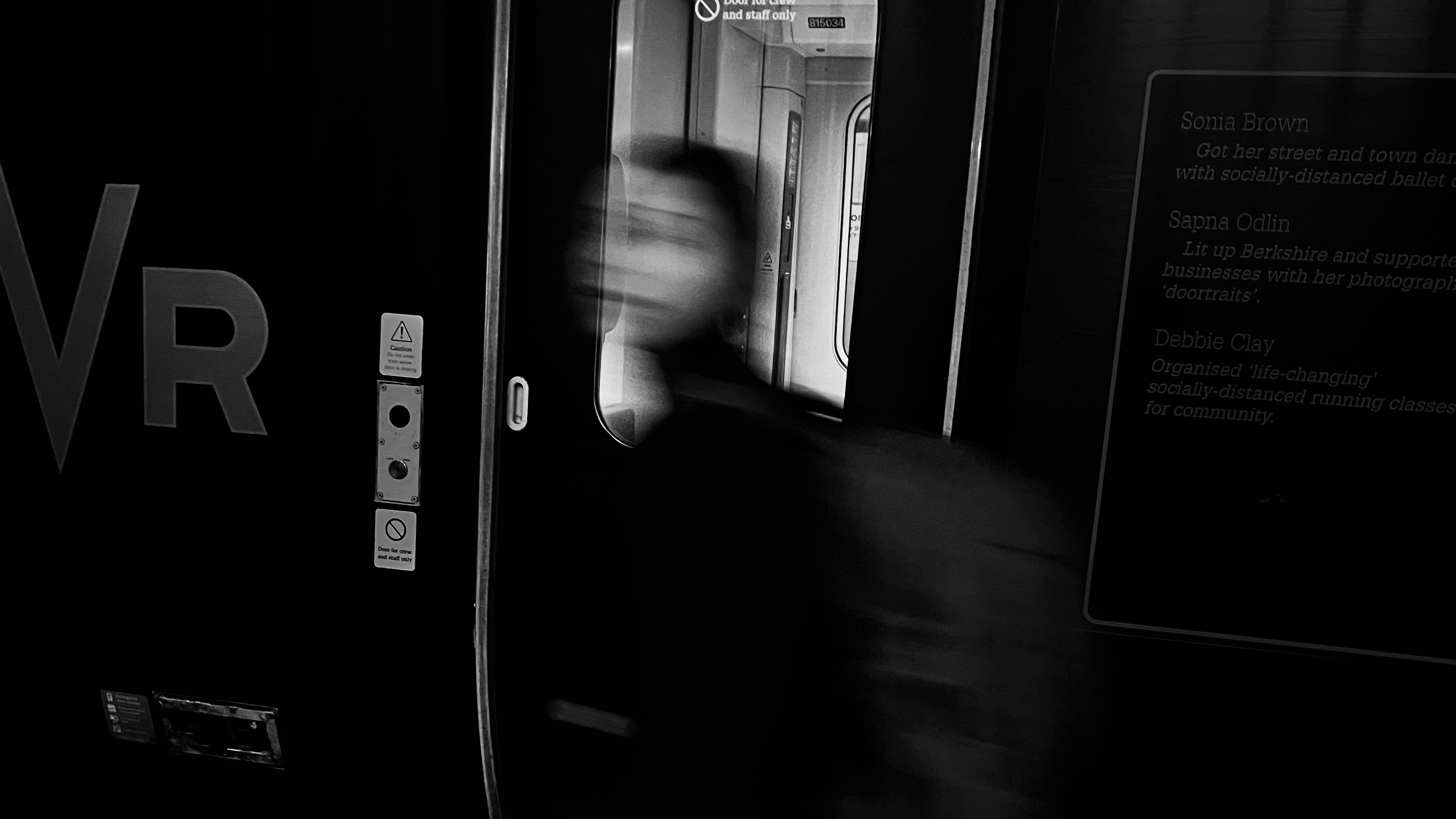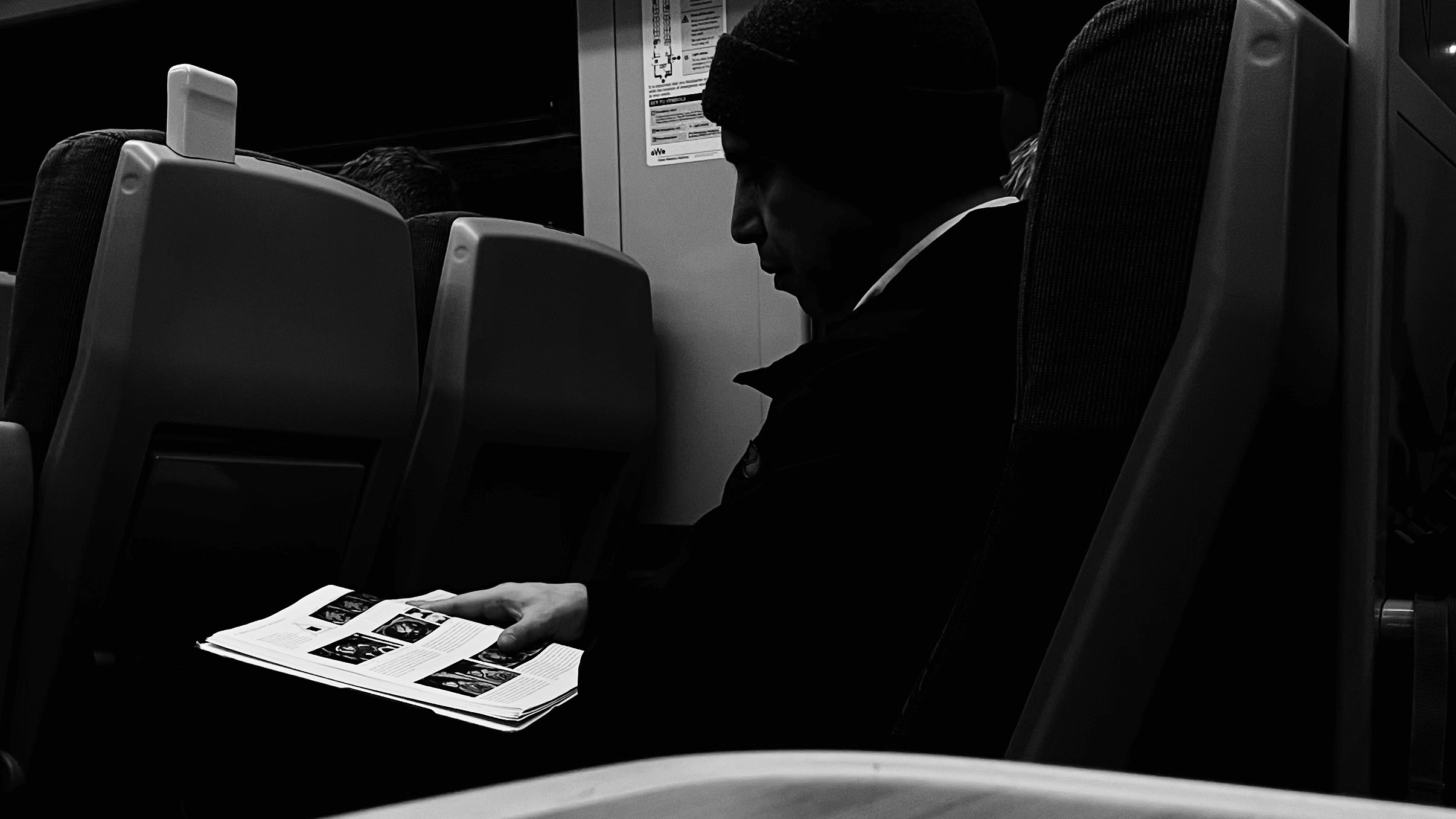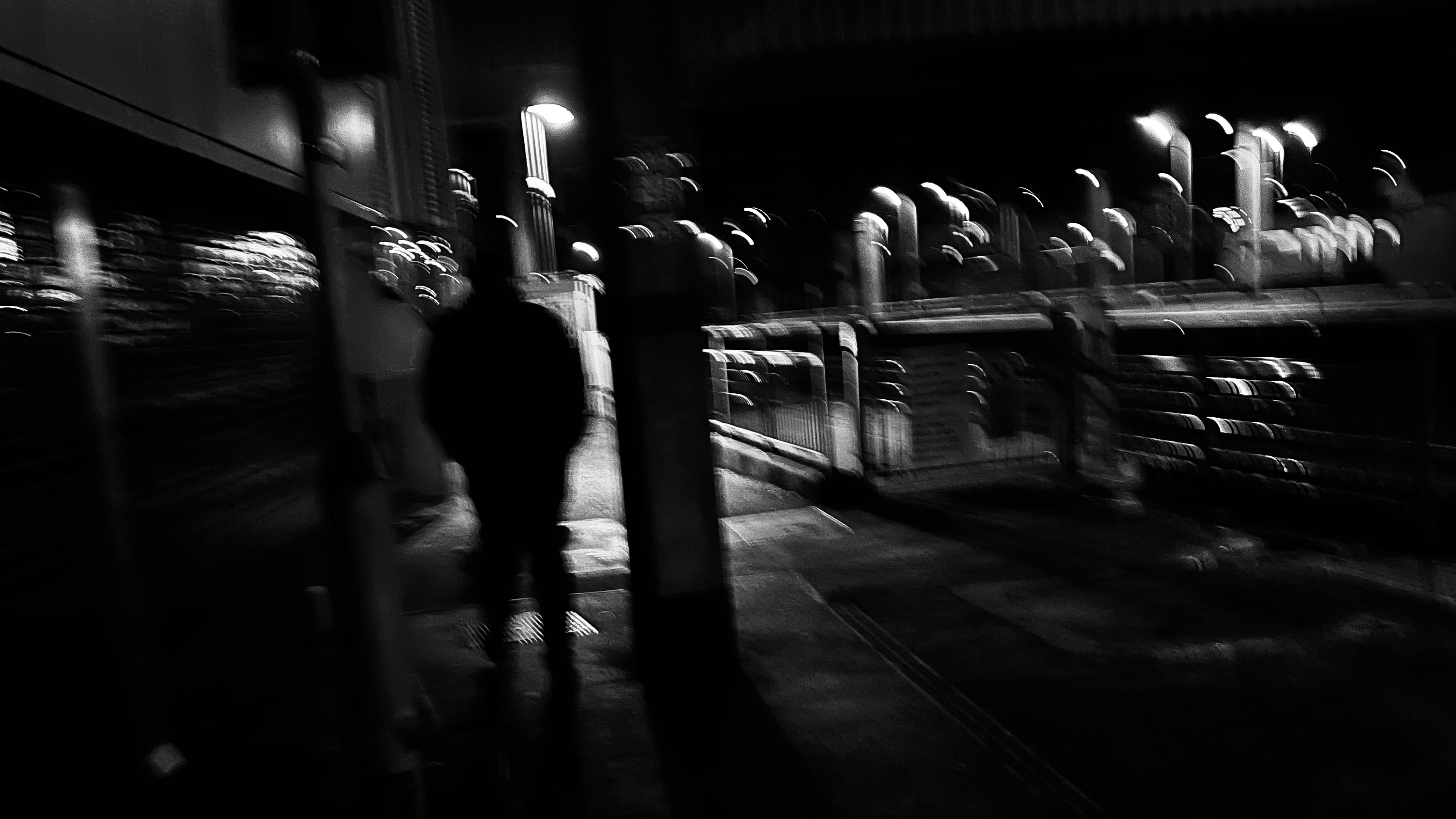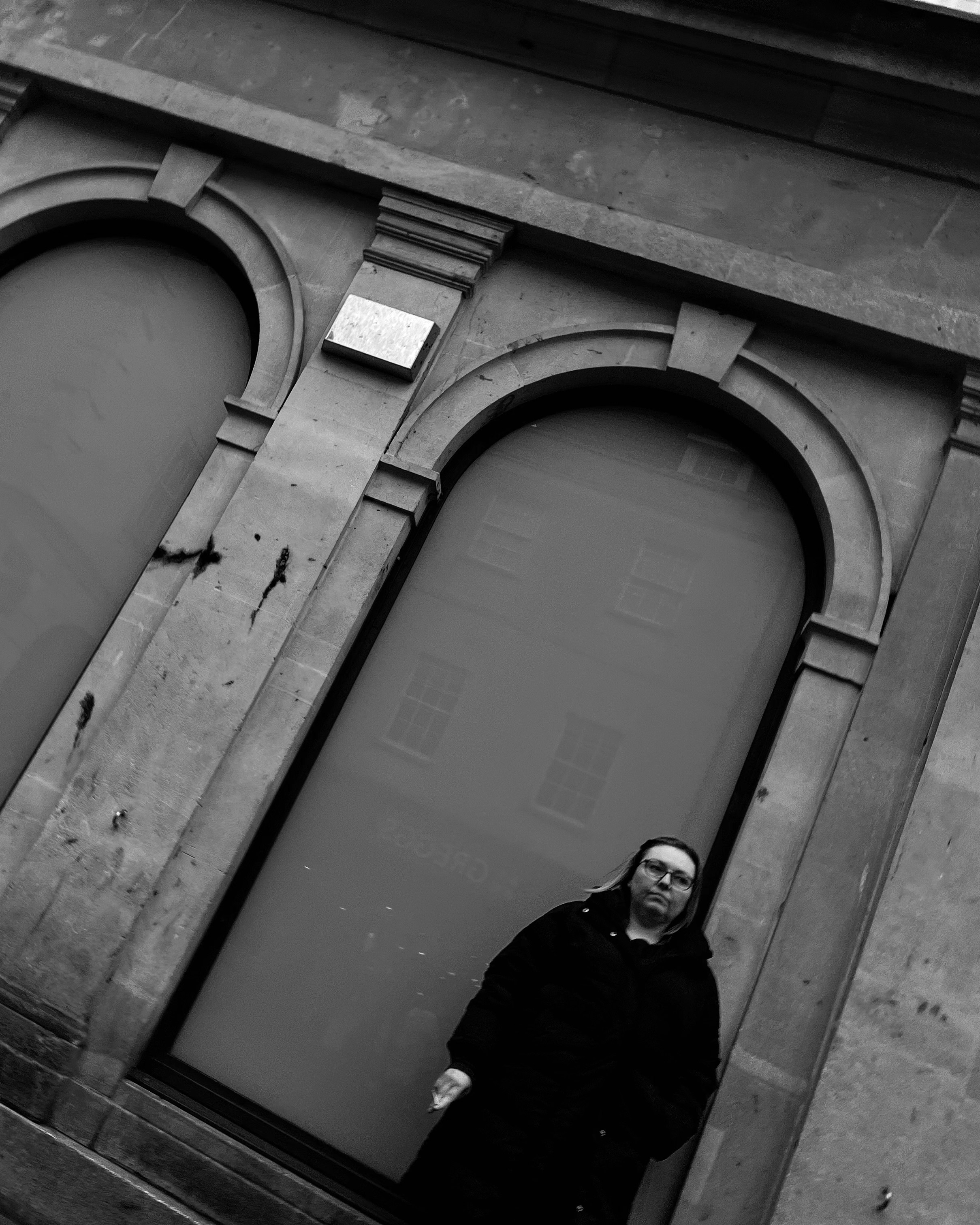
I’ve always been drawn to in-between moments and subtlety in my photography. The missed focus, the shake of movement, the way light falls softly onto a subject. Before I had the words for it, or the references, I was already shooting that way. It wasn’t a decision, just instinct. I wanted photographs that felt like memories and moments; imprecise and emotional, full of texture and mood.
I’ve never liked clinically sharp images. In fact, there was a time I would add motion blur in post, just to remove the clinical nature. It wasn’t about hiding mistakes, it was about searching for feeling. For something looser, something with character.
Then I discovered 'are, bure, boke'. Rough. Blurry. Out of focus. A Japanese photographic movement from the late Sixties that shattered the traditional idea that photographs needed to be clean, sharp or even legible to matter. Suddenly, the way I was shooting had a name – and, more importantly, a philosophy. It wasn’t just allowed, it was radical.

What is are, bure, boke?
The phrase roughly translates as 'grainy, blurry, out-of-focus', but it’s less a technique and more a mindset. Emerging from Japan’s postwar avant-garde scene, this aesthetic was a reaction to the increasingly clinical perfection of Western modernism. In a society rebuilding itself, photographers weren’t interested in polished captures; they wanted to show urgency, fracture, and truth.
The movement solidified with the Provoke group in 1968. Photographers like Daido Moriyama, Takuma Nakahira and Yutaka Takanashi created images that felt like explosions; raw, confrontational, and messy.
Their work pushed back against traditional photojournalism and the notion that a photo should be clear. Instead, they aimed to capture the chaos of postwar Japanese identity. As they put it, their photography was "to provoke thought rather than to represent reality".
What began as underground resistance, often printed in zines and self-published books, eventually moved into galleries and museums. The art world caught up, and 'are, bure, boke' was suddenly a recognized visual language. But it’s never lost that rebellious edge. Even now, in an age of crystal-clear digital images and AI-generated perfection, this approach still feels provocative.

Photographers like Moriyama continue to be key figures, but the influence has rippled out. Contemporary photographers such as Daisuke Yokota, and even Western image-makers like Antoine d’Agata or Michael Ackerman work in this spirit, embracing decay, blur, and atmosphere to express something more psychological than literal.
Some of my favorite photographers lean into this kind of emotional visual language, even if they aren’t directly connected to are, bure, boke.
Peter Lindbergh’s portraits, for example, are all about mood and natural beauty, about the way an image feels rather than how technically crisp the eyelashes are. Jungjin Lee’s landscape work may be rooted in traditional techniques, but there’s a beautiful abstraction to it, a texture that transcends the literal. Feeling over precision every time.
Discovering the history of are, bure, boke didn’t change how I shot, but it gave me the confidence to lean in harder. To trust the frame when it’s imperfect. To embrace blur not as a flaw, but as a feature. This way of seeing has reshaped my work. I no longer chase sharpness. I chase presence, and the more I lean into that, the more connected I feel to my work.
You don’t need to label your work. But sometimes, finding out that there’s a name for what you’re instinctively drawn to is enlightening. Are, bure, boke isn’t just a style; it’s a way of thinking. A reminder that photography isn’t about perfection. It’s about presence, feeling, and the things we can’t quite describe. So here’s to the grain and the blur – sometimes, that’s where the real magic is.

You might also like…
If you prize presence over precision, you might be interested in the best Lensbaby and Lomography lenses that offer character rather than clinical sharpness. And for more inspiration, check out the best books on photography.







